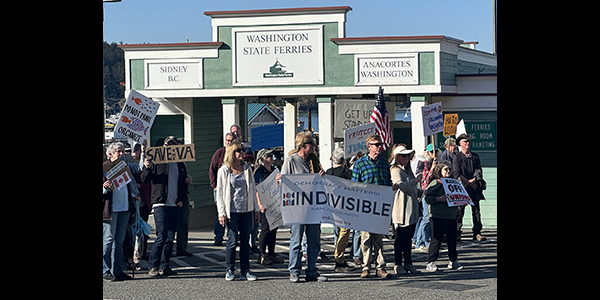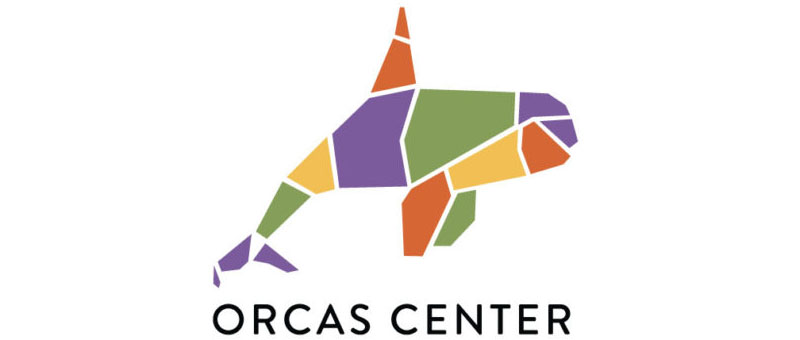— from Naval Air Station, Whidbey Island —
A Search and Rescue (SAR) team of seven from Naval Air Station (NAS) Whidbey Island conducted a medical evacuation (MEDEVAC) from Lopez Island Airport, Lopez Island, Wash., to the Skagit Valley Hospital in Mt. Vernon on Tuesday, Dec. 19, 2017.
The SAR crew was notified of an elderly male on Lopez Island suffering from congestive heart failure. The crew took off at 5:45 p.m. and landed at Lopez Island Airport at 6 p.m. The ambulance met the helicopter shortly after and the air crew completed the patient turnover. The crew took off at 6:20 p.m. and proceeded to the Skagit Hospital where the patient was turned over to a higher level of care.
This was the 21st Medical Evacuation (MEDEVAC) of 2017 for NAS Whidbey Island SAR, which has also conducted seven Searches and 36 Rescue missions delivering 71 lives to a higher level of care.
The Navy SAR unit operates three MH-60S helicopters from NAS Whidbey Island as search and rescue/medical evacuation (SAR/MEDEVAC) platforms for the EA-18G aircraft as well as other squadrons and personnel assigned to the installation. Pursuant to the National SAR Plan of the United States, the unit may also be used for civil SAR/MEDEVAC needs to the fullest extent practicable on a non-interference basis with primary military duties according to applicable national directives, plans, guidelines and agreements; specifically, the unit may launch in response to tasking by the Air Force Rescue Coordination Center (based on a Washington State Memorandum of Understanding) for inland missions, and/or tasking by the United States Coast Guard for all other aeronautical and maritime regions, when other assets are unavailable.
**If you are reading theOrcasonian for free, thank your fellow islanders. If you would like to support theOrcasonian CLICK HERE to set your modestly-priced, voluntary subscription. Otherwise, no worries; we’re happy to share with you.**








Concurrent with the ongoing discussions regarding our two civilian medivac insurers, co-pays, deductibles, etc., can anyone supply factual information regarding costs/coverages when there’s an episode such as this, when a civilian neighbor is flown to civilian care by active duty military? This non-interference crossover policy is a wonderful provision, even life-saving. But how is the military reimbursed?